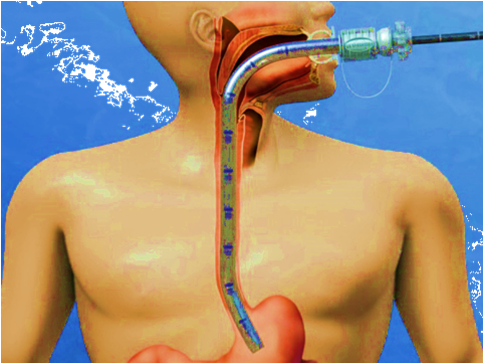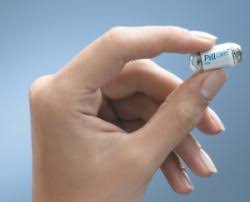Disease Diagnosis
- Crohn’s disease
- Cancer
- Celiac Disease
- GI Bleeding
- Angiodysplasias
- Polyp Testing
- Inflammation

Understanding the Procedure for Capsule Endoscopy
In the capsule endoscopy procedure, a tiny wireless camera is fitted in a pill sized capsule that you intake orally. This capsule travels through your gastrointestinal tract and clicks images on the way. The images taken are transmitted to a recording device which is usually worn on your waist as a belt. This wireless capsule endoscopy procedure is beneficial to examine the small intestine which is traditionally not possible through colonoscopy procedure.
Capsule endoscopy is best performed on an empty stomach. So, you must refrain from eating or drinking anything at least 8-10 hours before the procedure. The recording device will be taped to your abdomen before you swallow the pill. You swallow the pill camera after that and it passes through your system for about 8 hours, clicking thousands of picture of the inside of your digestive tract. The pill camera is naturally excreted from your body. You can start drinking fluids within a couple of hours of ingestion of the pill and eat light food a few hours after that in wireless capsule endoscopy.
Applications of Camera Endoscopy
Risks and Complications of Capsule Endoscopy
You must be careful not to have an MRI scan done while the pill is still in your body in video capsule endoscopy. The most prominent risk of the procedure is that the pill doesn’t naturally leave your system. If the capsule isn’t causing any harm and hasn’t left your body, we the doctor will allow a few more days for it to naturally pass. However, if the capsule causes bowel obstruction after the small intestine endoscopy has ended, it might be removed surgically or through traditional endoscopy or colonoscopy.





